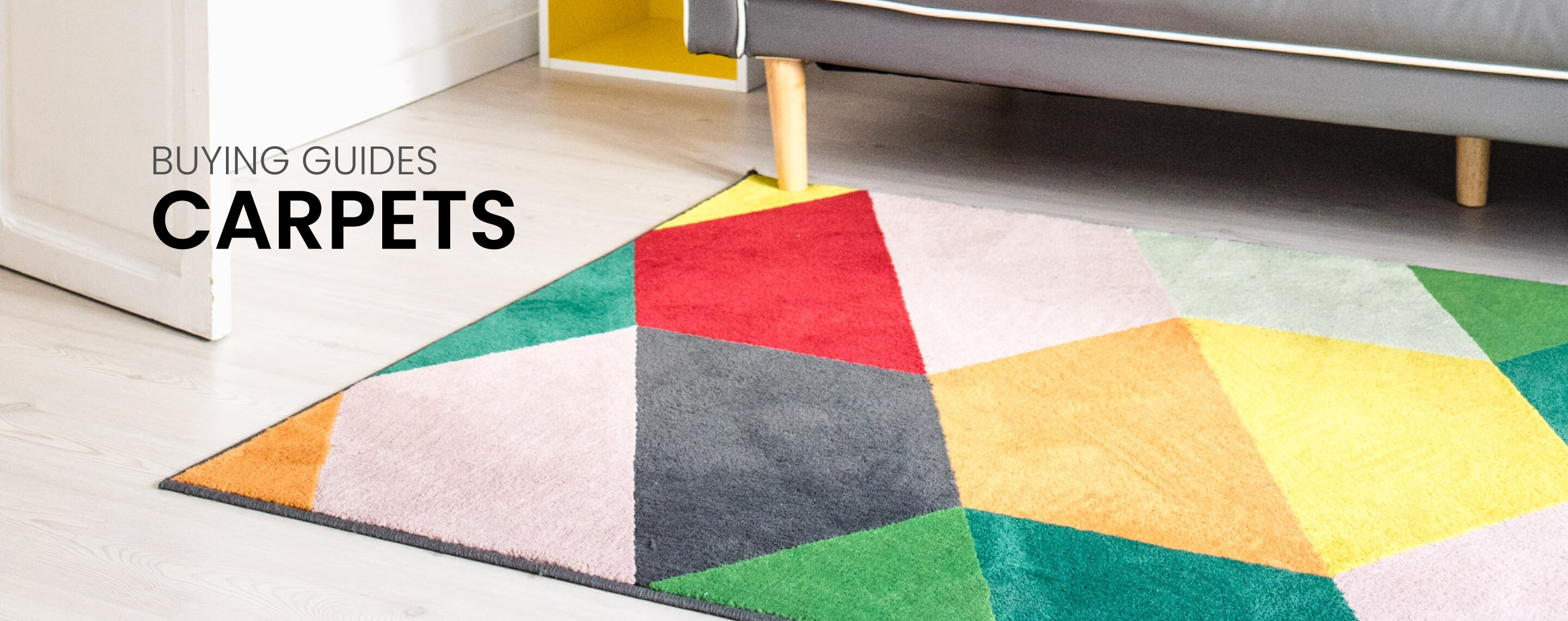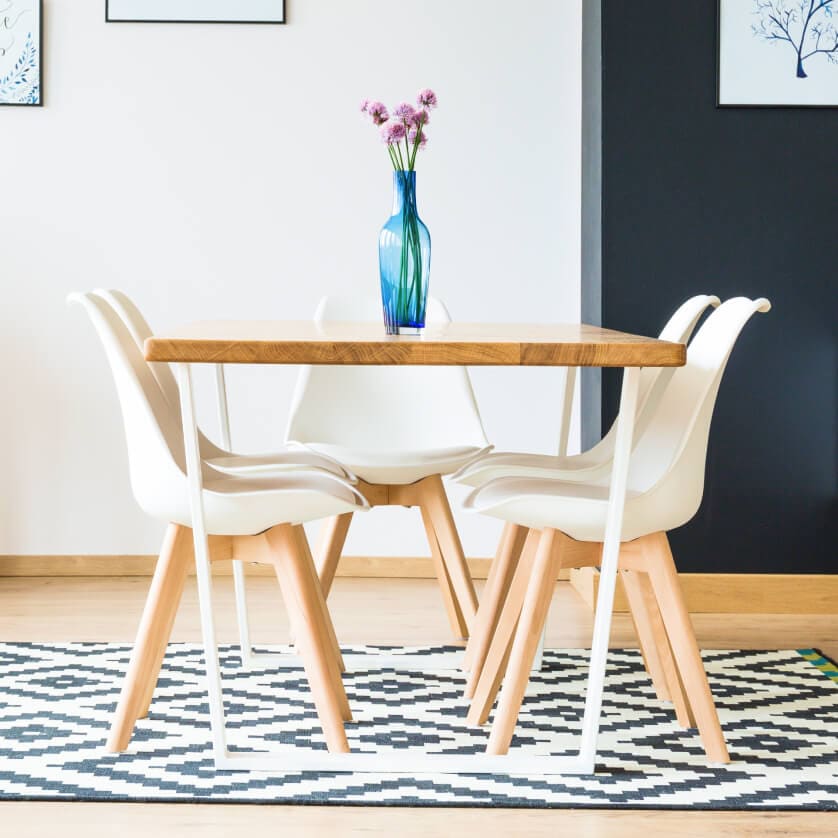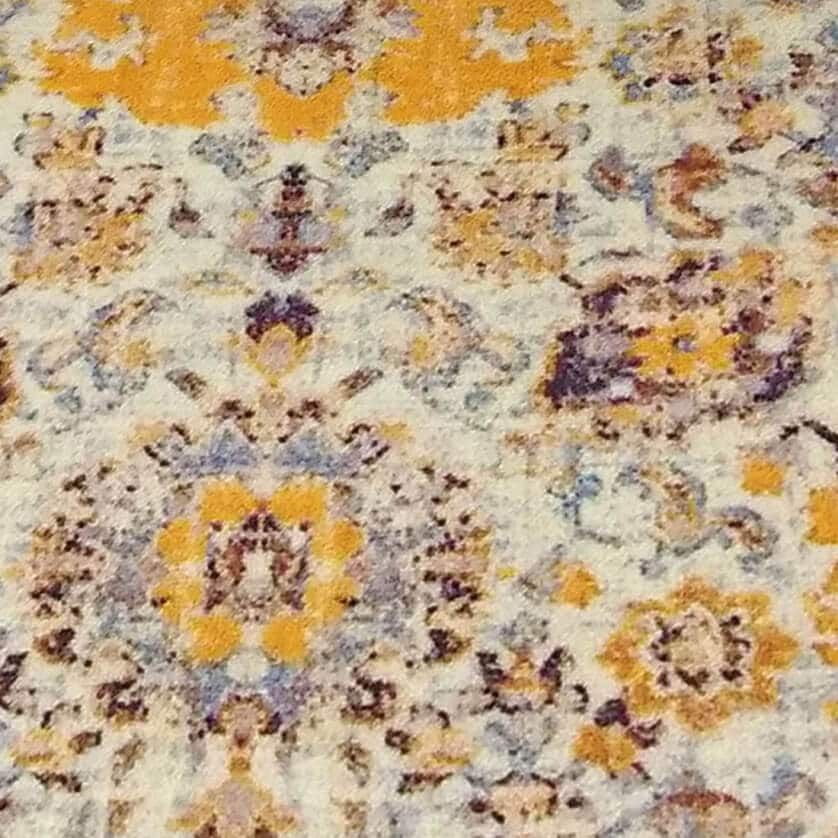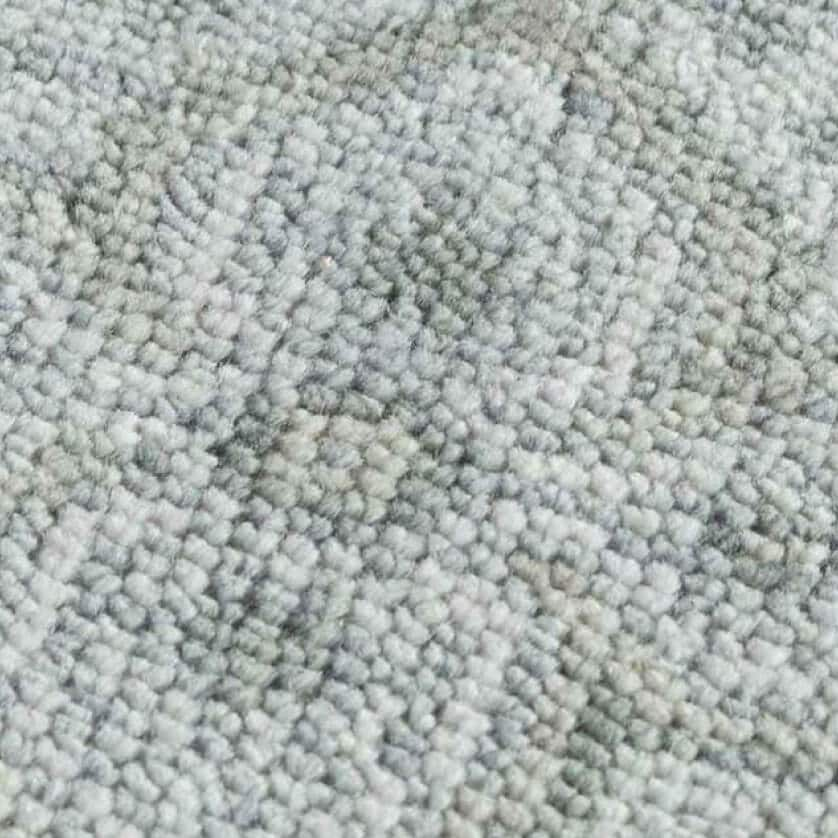Fiber:
Fiber refers to the material of the carpet
Single fibers are spun together to form 2, 3 or 4 ply yarn, which are attached to a woven back of the carpet
Pile:
The way a carpet fiber is attached to the backing
Pile height refers to the length of the material that makes up the pile, so the higher the pile is, the thicker and plusher the carpet will be
Yarn:
A strand of material comprised of fibers, used in weaving
Backing:
A fabric on the back of a carpets that helps it keep its structure
Not all carpets have a backing, Backing depends on their weave and construction of the carpet
Density:
It measures how closely packed the strands of fiber are to one another
The higher the density, stronger the carpet
Texture:
Texture comes from the style in which the fibers are looped, twisted or cut
This determines the look & feel of the carpet and plays an important role in determining how durable the carpet will be
Twist:
Refers to the number of times the fibers turn in a 1-inch length
Higher twist counts are typically more resilient and better resist traffic & crushing






















